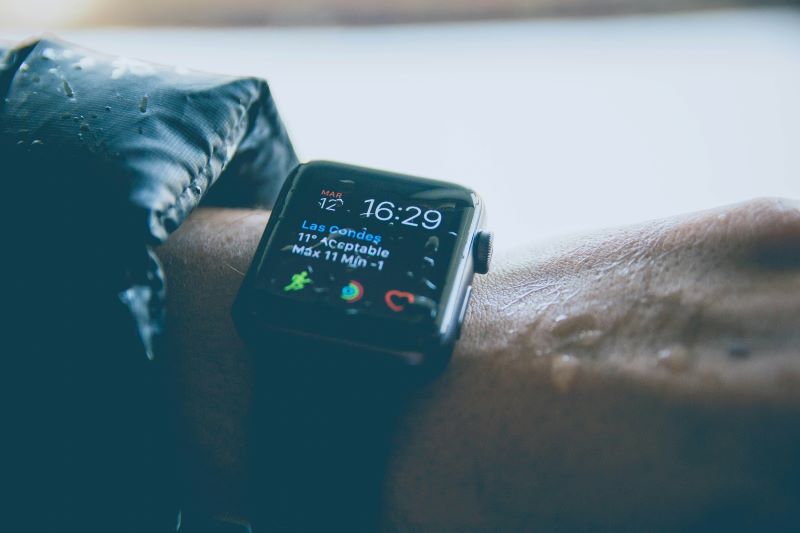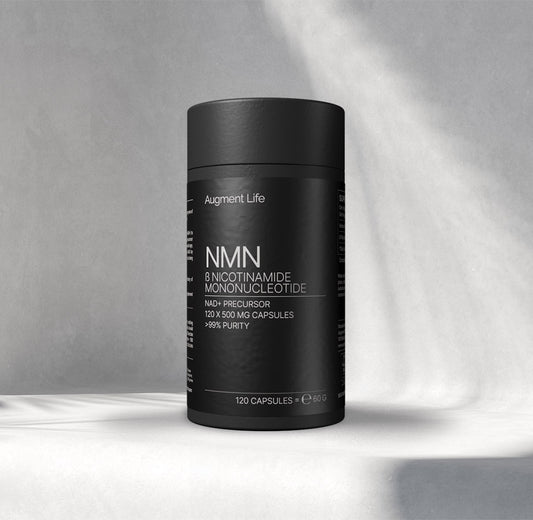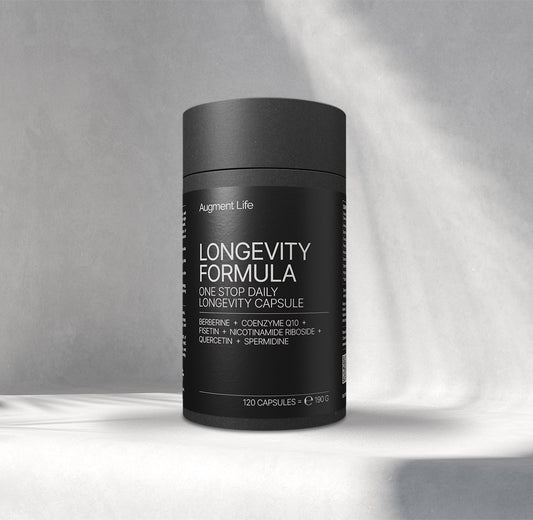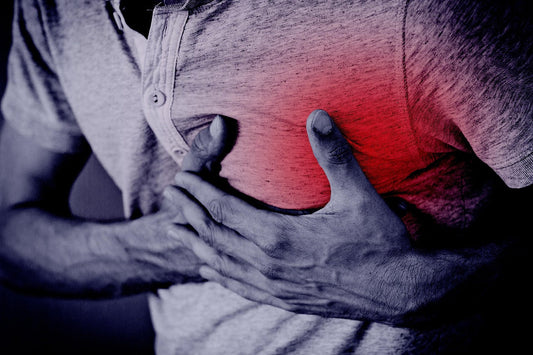Le marché des moniteurs de fréquence cardiaque a explosé pour devenir une industrie de plusieurs millions de dollars, avec des coureurs et des athlètes d'endurance comptant sur des appareils portés au poignet pour affiner leur entraînement. Ces appareils intelligents suivent des mesures essentielles comme la distance, le rythme, la fréquence cardiaque (FC) et les zones de performance, offrant des informations en temps réel pour optimiser les entraînements.
Le suivi de la fréquence cardiaque est crucial pour évaluer les progrès en matière de forme physique. Il aide les coureurs à maintenir l'intensité appropriée lors des courses longues distances, des entraînements par intervalles et des sprints en côte. La facilité et le confort des trackers portés au poignet en ont fait le choix préféré par rapport aux ceintures thoraciques traditionnelles, qui utilisent des électrodes pour mesurer l'activité électrique cardiaque (1).
Si vous êtes intéressé par les avantages de l'utilisation d'un moniteur de fréquence cardiaque, du suivi de la variabilité de la fréquence cardiaque (HRV) et du VO₂ Max, continuez à lire cet article pour en savoir plus sur ses avantages.
Comment les appareils intelligents révolutionnent le suivi de la santé
La technologie portable devient de plus en plus populaire dans le domaine du sport et de la santé, avec des athlètes, des patients et des passionnés de fitness l'utilisant pour suivre la performance et le bien-être.
L'idée que l'exercice fonctionne mieux que les médicaments gagne du terrain, encourageant les médecins à inclure l'activité physique lors des bilans de santé de routine. Dans ce contexte, les trackers de fitness et les montres intelligentes jouent un rôle clé pour améliorer les performances et prévenir les blessures.
Les recherches montrent que l'intérêt public pour les appareils de fitness portables a augmenté depuis 2020, ce qui montre que de plus en plus de personnes les considèrent comme des outils pour améliorer leur qualité de vie. Que ce soit pour suivre les entraînements, surveiller la santé cardiaque ou optimiser l'entraînement, la technologie portable devient une partie essentielle des routines de santé et de fitness modernes (4).
Moniteur de fréquence cardiaque : quel type est le meilleur pour vous ?
Il est important de se rappeler que lors du choix d'un moniteur de fréquence cardiaque, il faut choisir en fonction de votre niveau d'activité spécifique. Plusieurs appareils haut de gamme suivent la fréquence cardiaque (FC), la variabilité de la fréquence cardiaque (HRV) et le VO₂ Max. Voici quelques-unes des catégories disponibles sur le marché :
- Montres intelligentes et trackers de fitness,
- Ceintures thoraciques (électrocardiogramme (ECG)-basées),
- Approche hybride (ceinture thoracique + montre intelligente pour une meilleure précision).
La différence entre les catégories est liée à votre budget ou aux sports spécifiques dont vous aurez besoin. Chaque catégorie a des avantages et des inconvénients. Vous pouvez choisir d'en apprendre davantage sur chacune d'elles pour décider de celle qui est la meilleure pour vous.
Les différents types de moniteurs de fréquence cardiaque ont des niveaux variables de validation clinique et de preuves scientifiques soutenant leur précision. Voici ce que les recherches et les études cliniques disent sur chaque type :
Moniteurs à ceinture thoracique
Les moniteurs à ceinture thoracique sont largement utilisés par les athlètes pendant l'entraînement. Leur précision est fiable et ils ont un faible taux d'erreur. Le seul problème avec cette option est que leur utilisation quotidienne peut être inconfortable et difficile.
D'après les preuves cliniques, les moniteurs à ceinture fournissent des lectures comparables à celles des machines ECG. Les exemples de cette catégorie sont le Polar H10 et le Garmin HRM-Pro ; les deux sont utilisés en sciences du sport et dans les études cliniques. Toutefois, ils ne sont pas approuvés par la FDA pour un usage médical, mais sont considérés comme la référence pour le suivi de la forme physique.
Une étude publiée dans le Journal of Sports Science & Medicine confirme que les ceintures thoraciques offrent une précision supérieure pour le suivi de la fréquence cardiaque et des mesures physiologiques par rapport aux gilets, ce qui en fait une option plus fiable pour les athlètes cherchant à optimiser leur entraînement (2).
Trackers portés au poignet (Montres intelligentes & trackers de fitness)
Ce sont des trackers placés au poignet (trackers de fitness, montres intelligentes). Bien qu'ils soient moins précis, les appareils portés au poignet sont pratiques et simples à utiliser. Selon des études, les capteurs portés au poignet peuvent se tromper plus fréquemment, notamment lors des mouvements.
La Food and Drug Administration (FDA) a approuvé les capacités ECG de la Samsung Galaxy Watch, Fitbit Sense et Apple Watch (série 4 et ultérieure), mais il est utile de savoir que la condition physique, le teint de la peau et l'activité influencent la précision.
Il a correctement identifié la fibrillation atriale (FA) dans 94,8 % des cas et l'a exclue correctement 95 % du temps. Ces résultats suggèrent que l'ECG de l'Apple Watch peut être un outil utile et fiable pour surveiller la santé cardiaque au quotidien (3).
Approche hybride (ceinture thoracique + montre intelligente)
La combinaison de ceintures thoraciques pour une précision maximale et de montres intelligentes pour le suivi en temps réel et la commodité offre le meilleur des deux mondes, comme le soutient la recherche dans le Journal Sensors (2021), qui recommande la surveillance hybride pour les athlètes et un usage clinique.
L'approche hybride combine une ceinture thoracique (comme le Garmin HRM-Pro Plus ou le Polar H10) avec une montre intelligente (par exemple, Garmin Fenix 7, Polar Vantage V3) pour obtenir une précision supérieure de la fréquence cardiaque. Cette configuration combine la mesure ECG précise d'une ceinture thoracique avec la commodité du suivi de la fréquence cardiaque basé sur la photopléthysmographie (PPG) d'une montre intelligente.
En résumé, l'intégration d'une ceinture thoracique avec une montre intelligente peut fournir des données complètes sur la fréquence cardiaque et est une excellente option pour les athlètes qui recherchent la précision sans sacrifier le confort.
Conclusion : choisir le meilleur tracker de fréquence cardiaque en fonction de vos besoins
Le choix du meilleur moniteur de fréquence cardiaque dépend de vos objectifs de forme physique, de vos exigences en matière de précision et de vos préférences en matière de confort. Les moniteurs de fréquence cardiaque à bande thoracique, comme le Polar H10 et le Garmin HRM-Pro, offrent une précision de niveau ECG et sont la référence pour les athlètes, bien qu'ils puissent être inconfortables pour un usage quotidien.
Les trackers de fitness et montres connectées au poignet, tels que l'Apple Watch, le Fitbit Sense et le Garmin Fenix 7, offrent une commodité, un suivi en temps réel et des fonctionnalités intelligentes. Bien que certains modèles soient homologués par la FDA pour la surveillance ECG, des études montrent des taux d'erreur plus élevés pendant les mouvements.
Pour un suivi précis de la fréquence cardiaque (FC), de la variabilité de la fréquence cardiaque (VFC) et du VO₂ Max, une approche hybride — en utilisant une bande thoracique en complément d'une montre connectée — donne les meilleurs résultats de suivi de la forme physique et de suivi de la santé.
Prenez en compte l'intensité de l'exercice, les contraintes financières et les exigences de précision clinique lors du choix du meilleur tracker de fréquence cardiaque pour garantir des performances optimales et des informations fiables sur la santé.
Il est important de se rappeler que, malgré l'utilisation de tout équipement, l'essentiel est de pratiquer une activité physique. Avoir de meilleures habitudes, comme la pratique d'activités physiques et une alimentation saine, est essentiel. Cela pourrait vous permettre de vivre plus longtemps et de maintenir un mode de vie sain. N'oubliez pas de toujours consulter un professionnel de la santé lorsque nécessaire.
Découvrez comment améliorer la nutrition et la performance athlétique dans nos articles précédents :
- Les entraînements HIIT et Zone 2 influencent-ils la longévité ?
- Le débat sur la longévité : les compléments peuvent-ils remplacer l'exercice ?
- Franchir la barrière du vieillissement : les marathons comme stratégie anti-âge
Sources littéraires :
1. Pasadyn SR, Soudan M, Gillinov M, Houghtaling P, Phelan D, Gillinov N, Bittel B, Desai MY. Accuracy of commercially available heart rate monitors in athletes: a prospective study. Cardiovasc Diagn Ther. 2019 Aug;9(4):379-385. doi: 10.21037/cdt.2019.06.05.
2. Parak J, Salonen M, Myllymäki T, Korhonen I. Comparison of Heart Rate Monitoring Accuracy between Chest Strap and Vest during Physical Training and Implications on Training Decisions. Sensors (Basel). 2021 Dec 16;21(24):8411. doi: 10.3390/s21248411.
3. Shahid S, Iqbal M, Saeed H, Hira S, Batool A, Khalid S, Tahirkheli NK. Diagnostic Accuracy of Apple Watch Electrocardiogram for Atrial Fibrillation: A Systematic Review and Meta-Analysis. JACC Adv. 2025 Jan 9;4(2):101538. doi: 10.1016/j.jacadv.2024.101538.
4. Martín-Escudero P, Cabanas AM, Dotor-Castilla ML, Galindo-Canales M, Miguel-Tobal F, Fernández-Pérez C, Fuentes-Ferrer M, Giannetti R. Are Activity Wrist-Worn Devices Accurate for Determining Heart Rate during Intense Exercise? Bioengineering (Basel). 2023 Feb 15;10(2):254. doi: 10.3390/bioengineering10020254.











